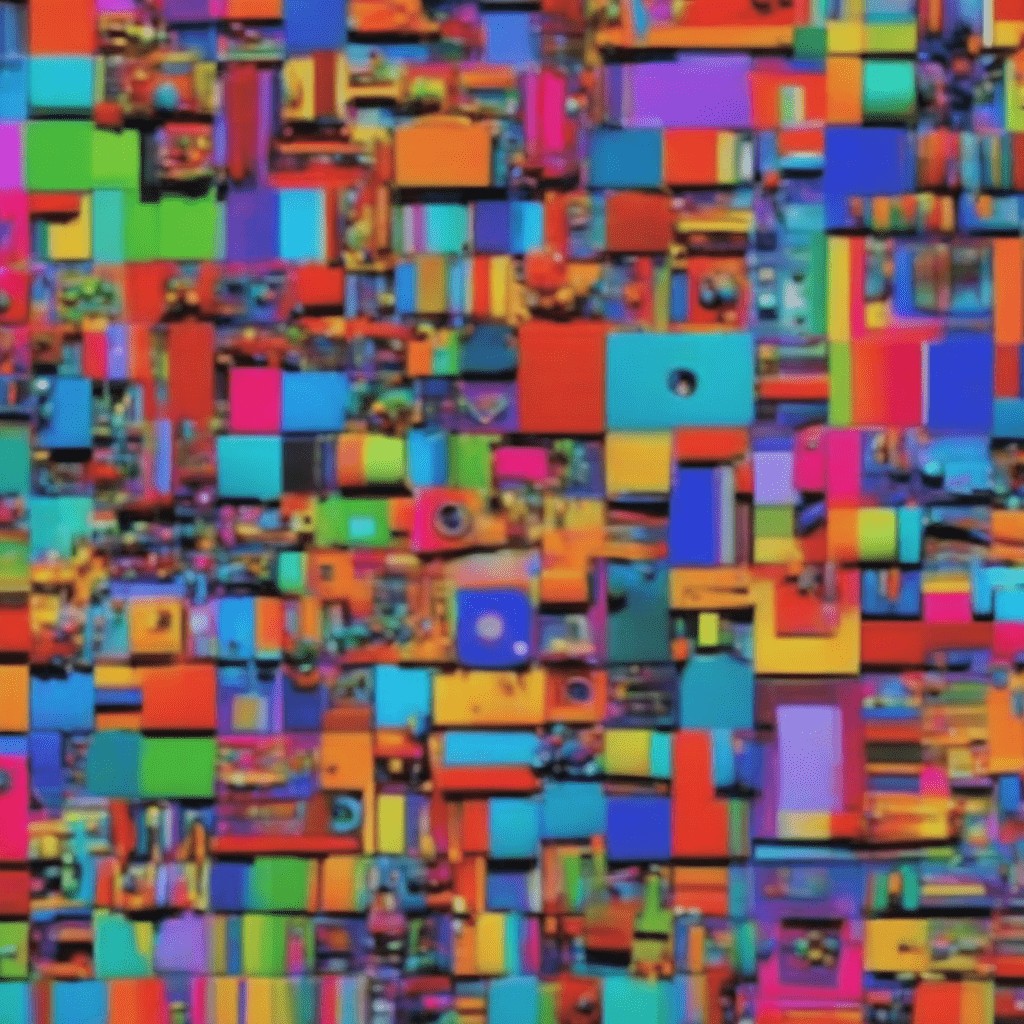In our fast-paced, tech-driven world, the term “pattern recognition” is becoming increasingly prevalent. From smartphones to smart homes, this powerful technology is reshaping how we interact with the digital landscape. But what exactly is pattern recognition, and how does it influence our daily lives? In this article, we will explore the concept of pattern recognition, its applications, and its impact on the technology we use every day.
Understanding Pattern Recognition
At its core, pattern recognition is a branch of machine learning and artificial intelligence (AI) that focuses on identifying patterns and regularities in data. This can involve recognizing shapes, sounds, or even complex behaviors. The process typically involves collecting data, analyzing it, and using algorithms to identify trends or patterns that can inform decision-making.
Pattern recognition can be as simple as recognizing a friend’s face in a photo or as complex as predicting consumer behavior based on purchasing history. The ability to identify and respond to patterns allows machines to perform tasks that would typically require human intelligence, making technology more intuitive and user-friendly.
Everyday Applications of Pattern Recognition
1. Facial Recognition
One of the most visible applications of pattern recognition is facial recognition technology. Used in smartphones for secure access, social media platforms for tagging friends, and even in law enforcement for identifying suspects, facial recognition systems analyze facial features and compare them to a database of known faces. This technology enhances security and convenience, allowing users to unlock their devices with just a glance.

2. Voice Assistants
Voice-activated assistants like Amazon’s Alexa, Apple’s Siri, and Google Assistant rely heavily on pattern recognition to understand and respond to user commands. These systems analyze speech patterns, accents, and context to provide accurate responses. The more we interact with these assistants, the better they become at recognizing our unique voices and preferences, making our daily tasks easier and more efficient.
3. Recommendation Systems
Ever wondered how Netflix seems to know exactly what you want to watch next? Or how Amazon suggests products you might like? These personalized recommendations are powered by sophisticated pattern recognition algorithms that analyze your past behavior, preferences, and the behavior of similar users. By identifying patterns in viewing or purchasing habits, these systems can predict what you are likely to enjoy, enhancing your overall experience.
4. Image and Object Recognition
Pattern recognition plays a crucial role in image and object recognition technologies. From self-driving cars that need to identify pedestrians and road signs to apps that can recognize plants or animals, this technology enables machines to interpret visual data. This capability is not only vital for the advancement of autonomous vehicles but also for applications in healthcare, where image recognition can assist in diagnosing diseases from medical scans.
5. Smart Home Devices
Smart home technology, such as thermostats, security cameras, and lighting systems, often incorporates pattern recognition to learn user preferences and habits. For example, a smart thermostat can recognize when you typically come home and adjust the temperature accordingly, enhancing comfort and energy efficiency. Similarly, smart security systems can distinguish between familiar faces and strangers, providing peace of mind to homeowners.
The Broader Impact of Pattern Recognition
The influence of pattern recognition extends beyond individual devices and applications. It has the potential to revolutionize entire industries. In healthcare, for instance, pattern recognition algorithms can analyze patient data to identify trends and predict outbreaks of diseases. In finance, they can detect fraudulent transactions by recognizing unusual patterns in spending behavior.
Moreover, as technology continues to evolve, the ethical implications of pattern recognition become increasingly important. Issues such as privacy, bias in algorithms, and the potential for misuse of facial recognition technology are critical discussions that need to be addressed as we embrace these advancements.
Conclusion
Pattern recognition is a transformative technology that has become integral to our everyday lives. From the devices we use to the services we rely on, its impact is profound and far-reaching. As we continue to innovate and integrate pattern recognition into various aspects of technology, it is essential to remain mindful of the ethical considerations and strive for a future where these advancements benefit society as a whole. By understanding and embracing the power of pattern recognition, we can look forward to a smarter, more connected world.

Boost Your Skills in AI/ML
